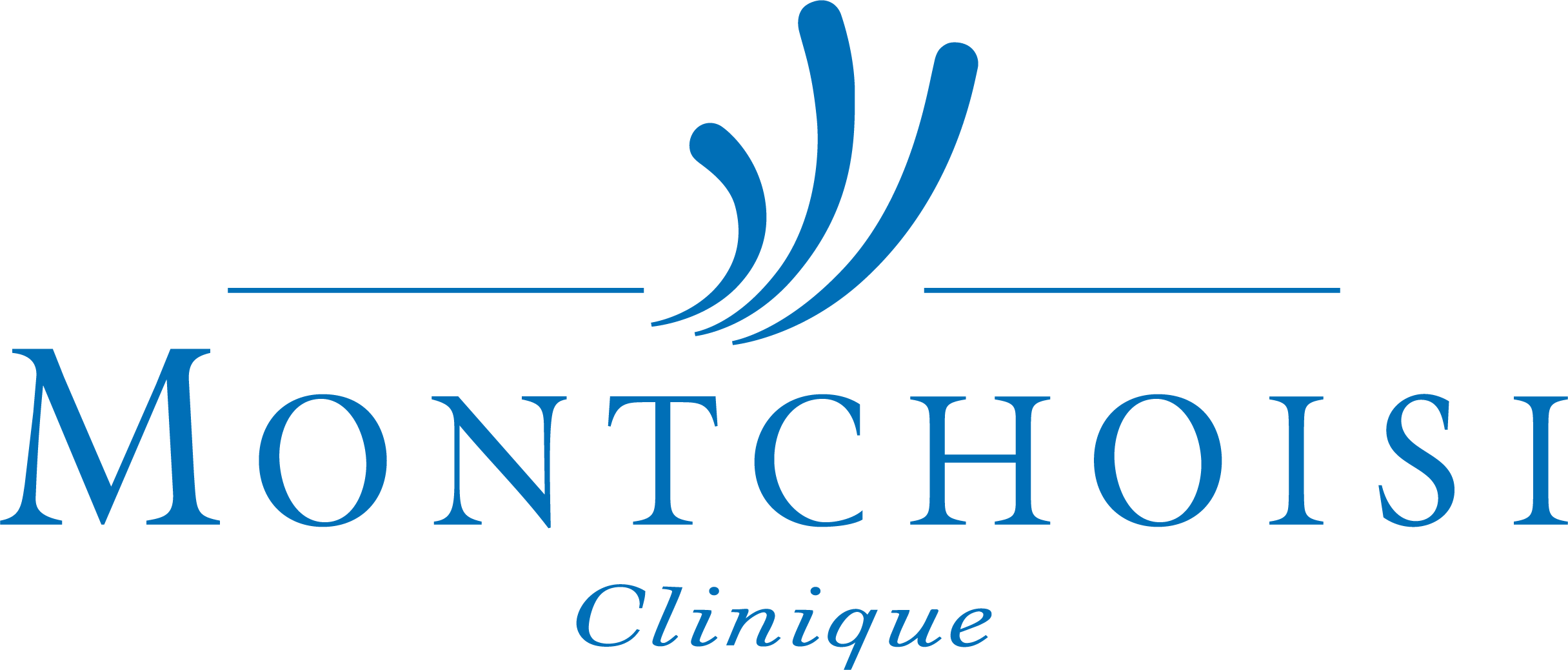Treatments
Conservative therapies
In certain cases, the shoulder can be relocated manually and surgery is not required. The repositioning must be carried out quickly in the hospital. However, after a shoulder dislocation, especially in young people, the individual can go on to experience frequent, recurring shoulder dislocations when there is little force or when performing everyday movements. After the correction, the shoulder is immobilised with an orthosis. The posture is intended to protect the shoulder and reduce pain.
The shoulder can be repositioned in one of two ways:
The Arlt manoeuvre – the patient sits on a chair and lets the dislocated arm hang over a padded armrest. The doctor pulls on the arm with the elbow bent, and attempts to move the arm back into its original position.
The hippocratic manoeuvre – the patient lies on their back. The doctor presses his or her own heel into the patient’s armpit while moving the dislocated arm outwards.
Before the fixation, the patient is given a strong painkiller. Treatment under anaesthesia is also an option.
Surgical treatment
If the patient also has other injuries or constant shoulder instability, shoulder dislocation can be treated surgically. This is done in the form of an arthroscopy. During the procedure, the overstretched ligaments are tightened, which prevents the risk of recurrent dislocation.






